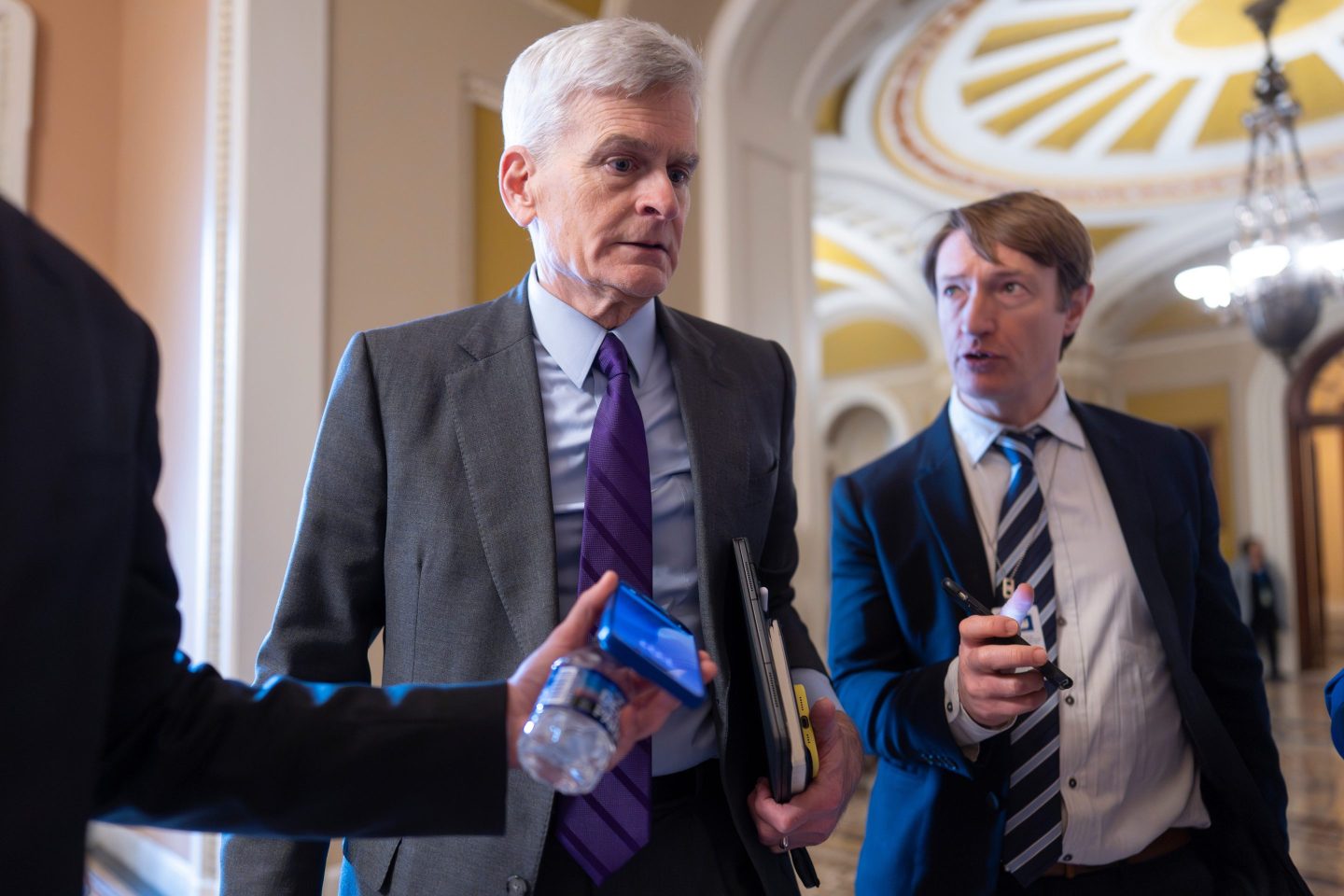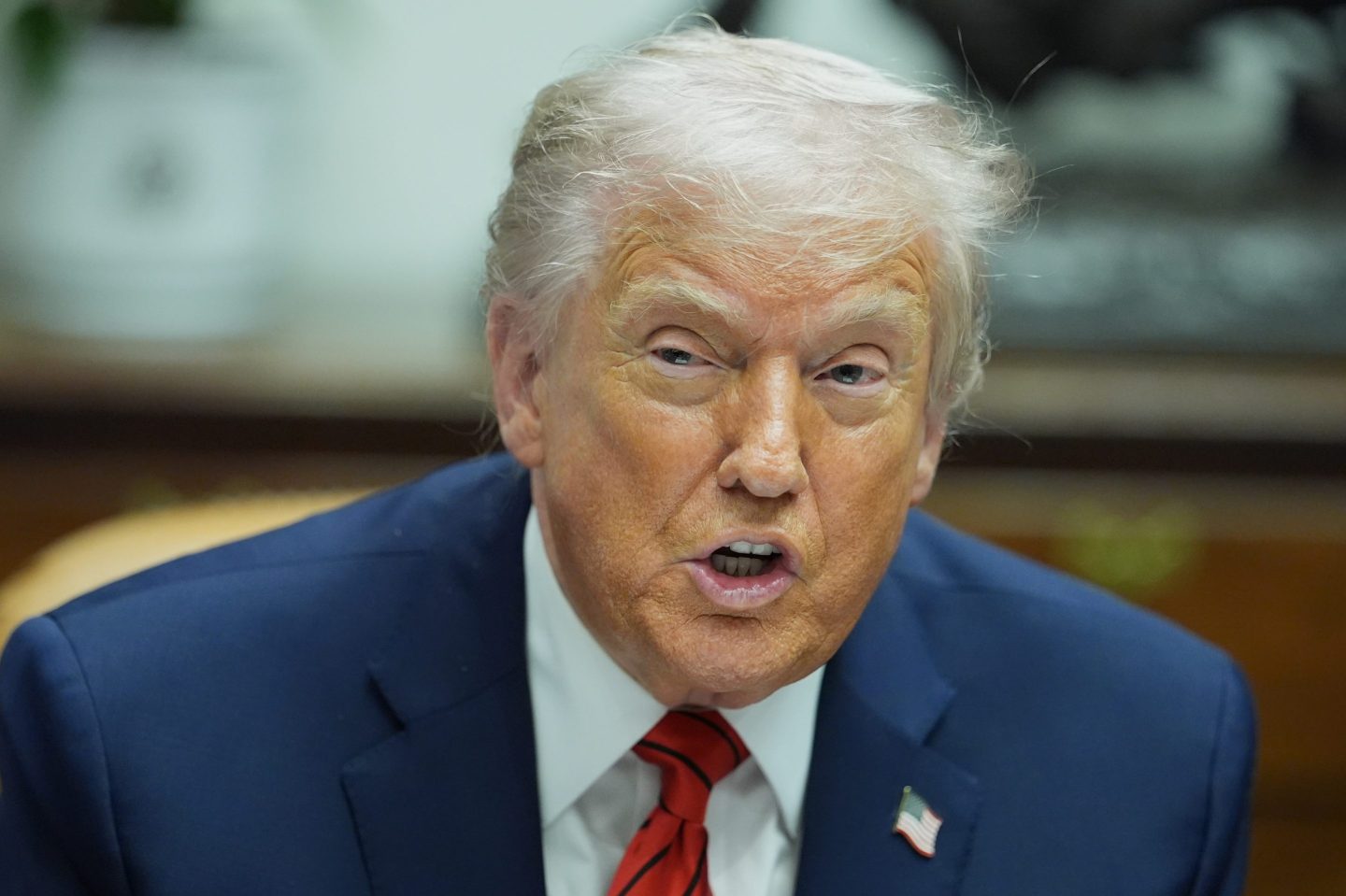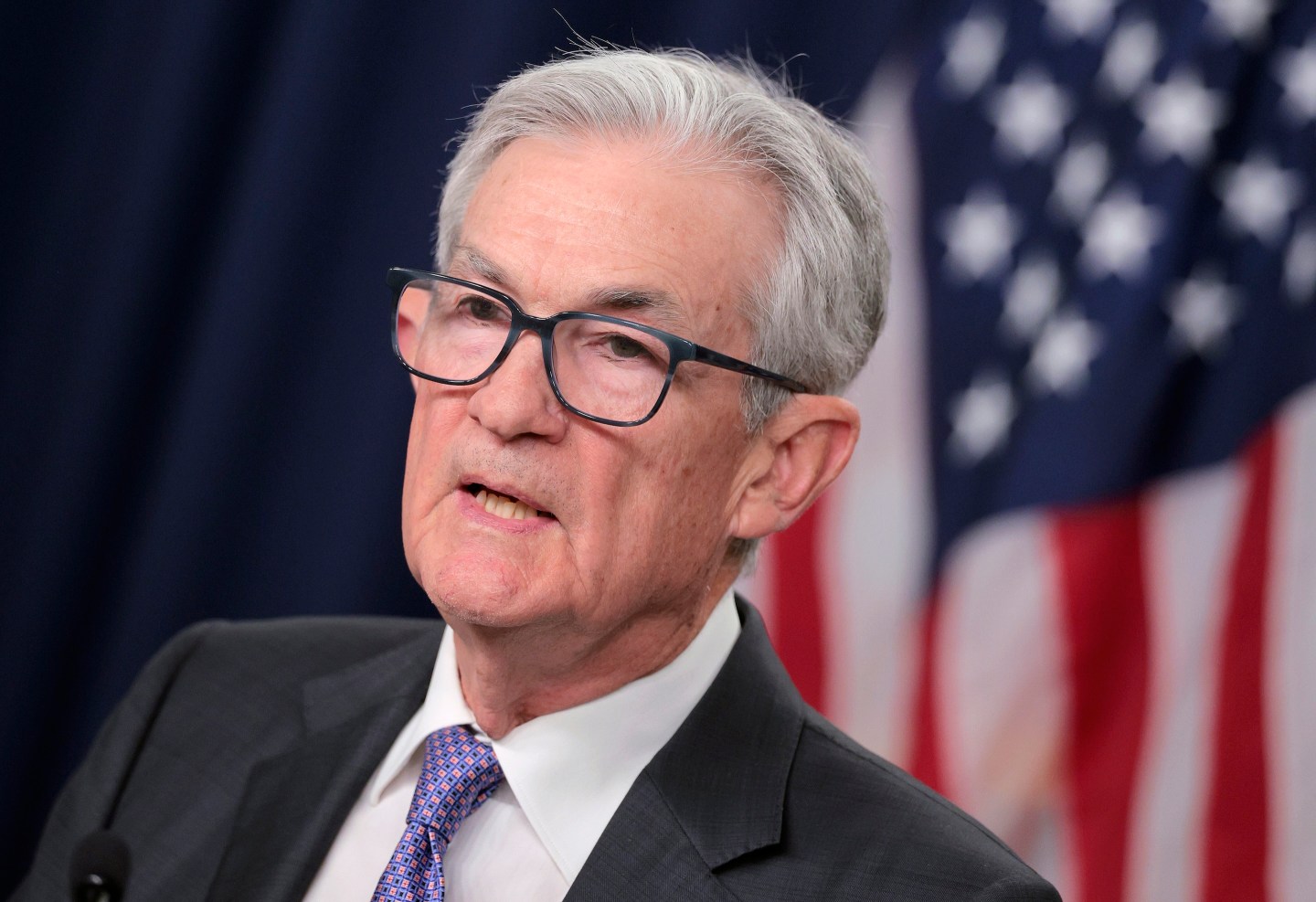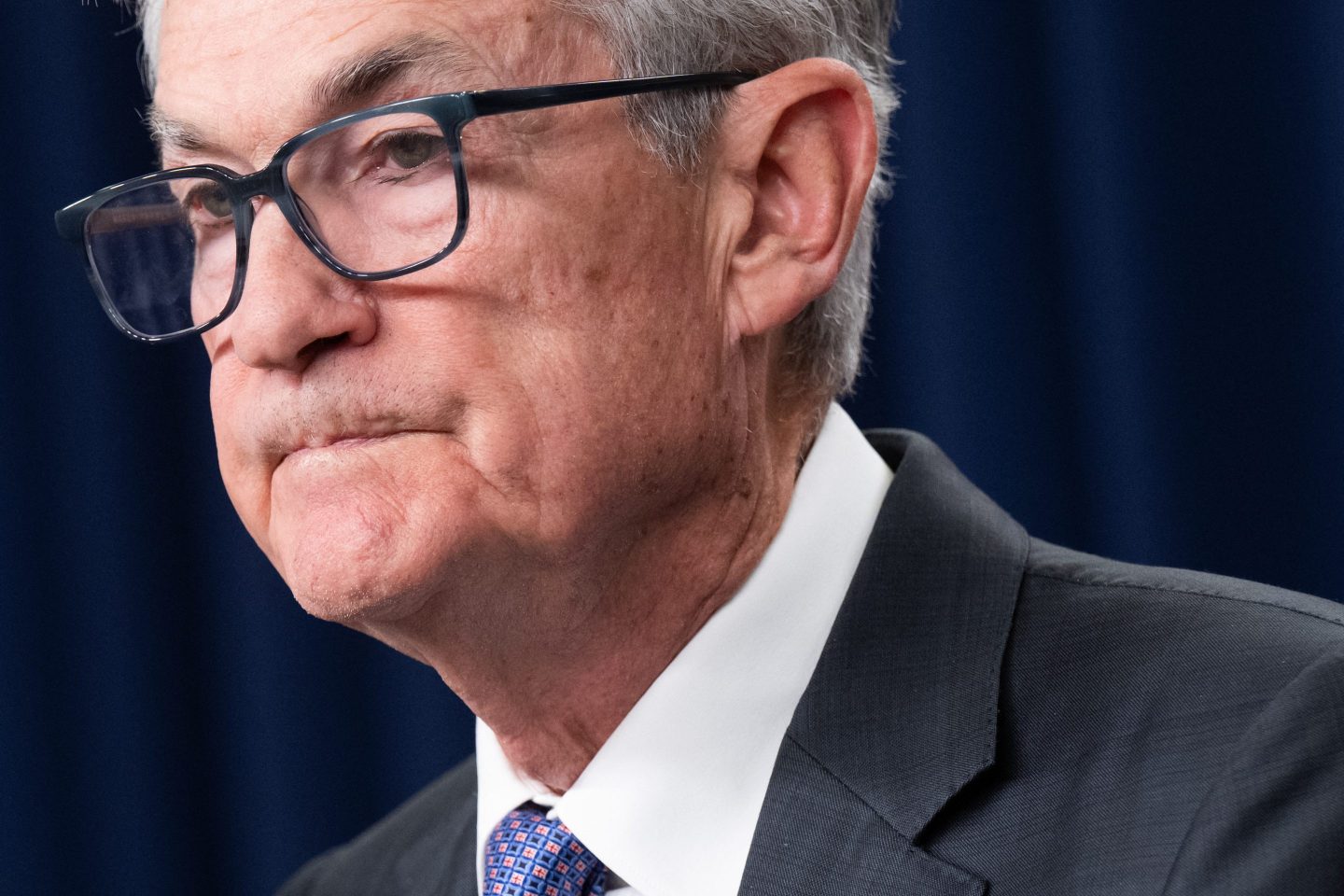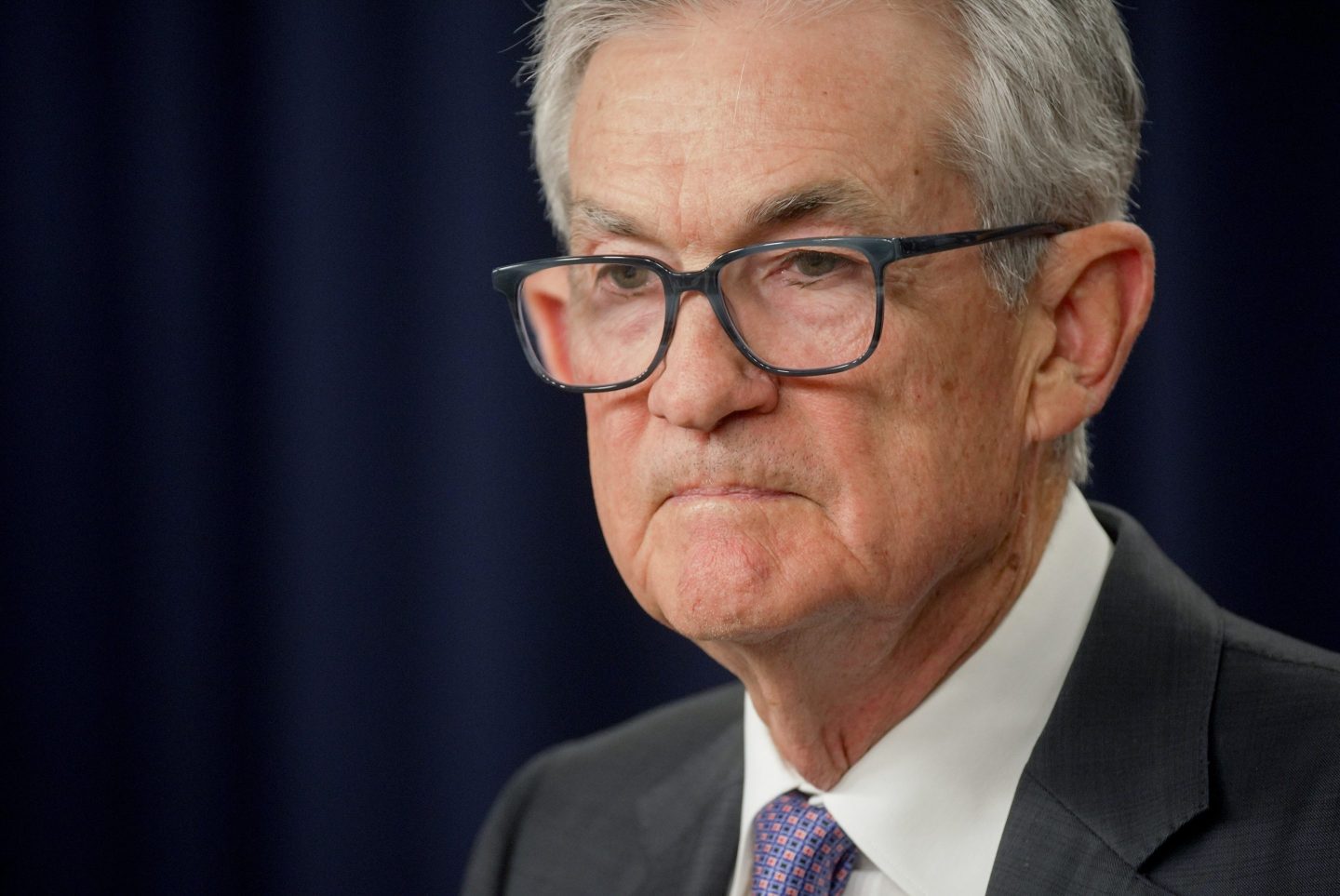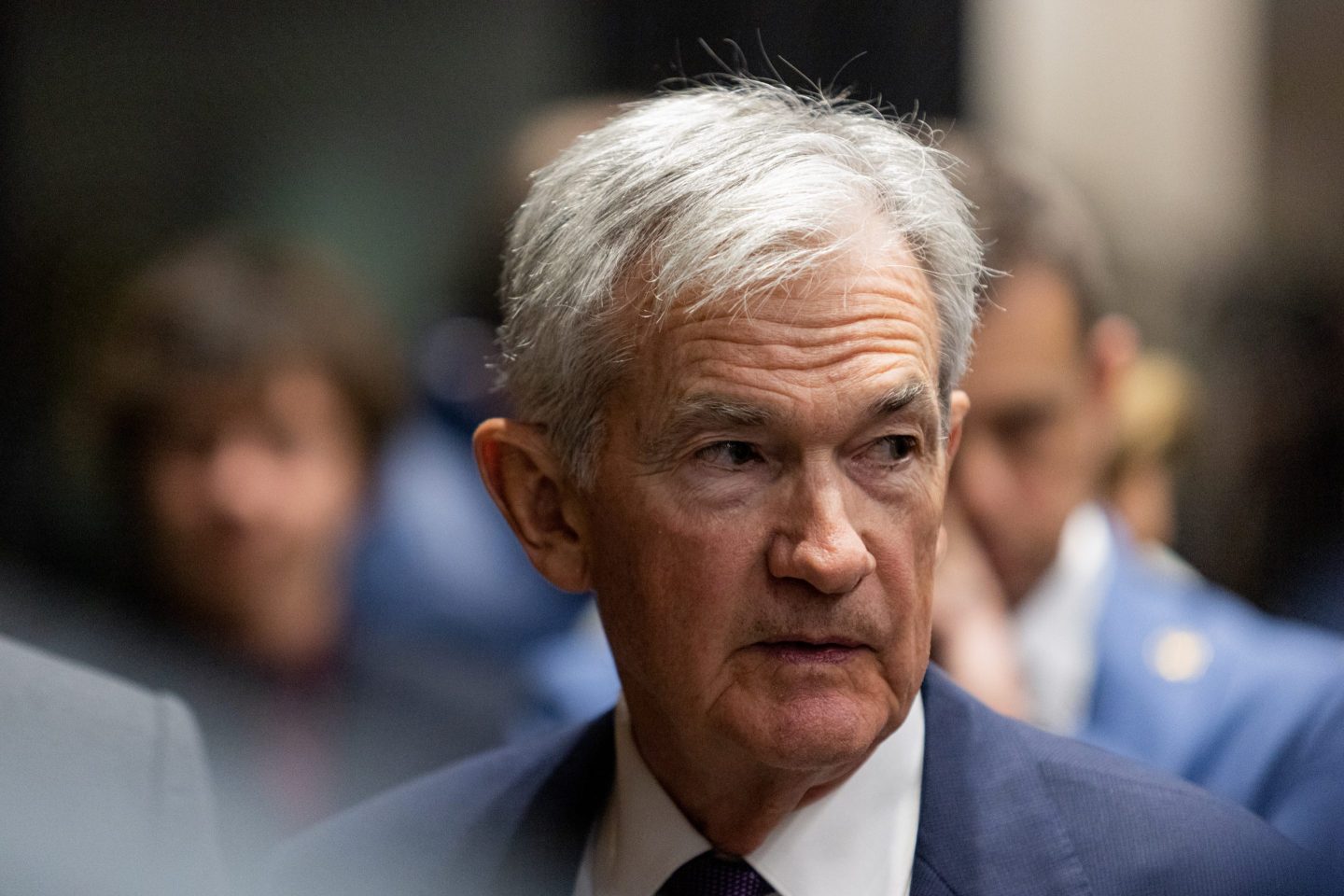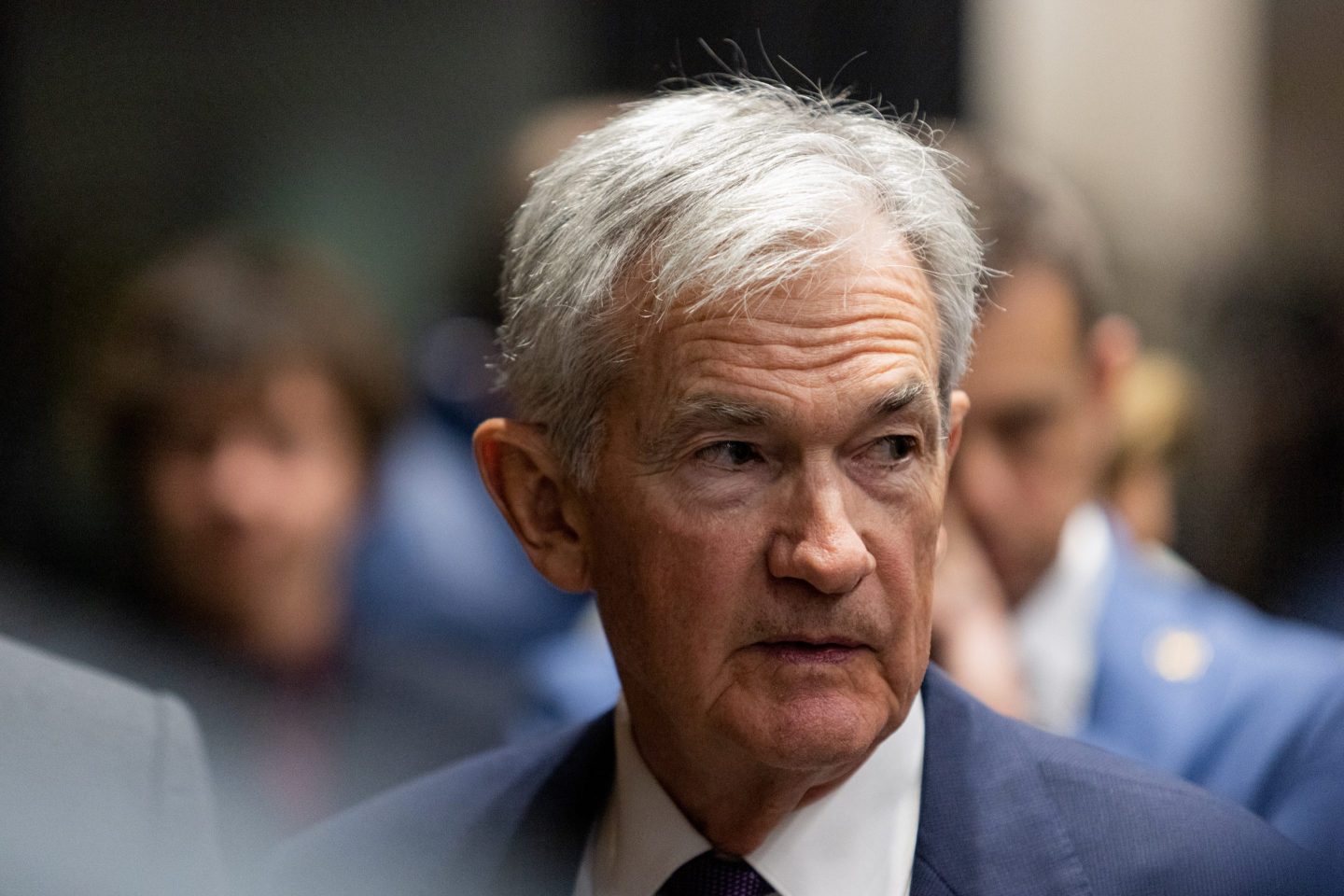The Senate adjourned Thursday, and won’t meet again until Monday, thus extending the second-longest federal government shutdown in U.S. history. It will reach its 34th day by then, which will match the longest government funding lapse in history. Now, experts have an estimate of what its economic fallout could be.
The shutdown could account for up to a $14 billion loss in real GDP, or the total value of goods and services produced by the economy and adjusted for inflation, which won’t be recouped, the Congressional Budget Office said Wednesday.
A government shutdown usually reduces real GDP temporarily, halting non-essential federal operations, delaying government payments, and cutting spending on services and salaries. But the overall drop in economic output is usually short-lived even if a shutdown is extended, and the losses are often made up once the government reopens.
But the CBO offered a gloomy economic outlook for the impact of the shutdown, which will span the whole month of October and, by Monday, will extend to just a day short of the longest shutdown in history, which lasted 35 days from December 2018 to January 2019.
“Although most of the decline in real GDP will be recovered eventually, CBO estimates that between $7 billion and $14 billion (in 2025 dollars) will not be,” the report said.
During the shutdown, the amount of services provided by federal workers will decrease, spending by the government on goods and services and food assistance like SNAP will temporarily drop as payments are postponed, and a temporary decline in spending by businesses and households will lower economic activity in the private sector, the CBO said.
Federal spending will be $33 billion lower than what it would’ve been without the shutdown in a four-week shutdown scenario; $54 billion in a six-week shutdown scenario; and $74 billion in an eight-week shutdown scenario, the CBO estimates.
The pause in economic activity will largely be made up once the government reopens: furloughed and “excepted employees,” which are federal employees mandated to work without pay due to their work being deemed essential, will be paid retroactively at their regular rate of pay. The spending decline on goods and services will also be made up, and missed SNAP benefits will be paid as well, the CBO said. But the economy won’t recover the lost output in goods and services from the period when furloughed employees weren’t working, the agency estimates.
In addition, real GDP growth is expected to decline through the end of the year.
The CBO estimates real GDP growth for the fourth quarter of 2025 will be reduced by 1 to 2% below what would have occurred if the government had remained open, depending on the length of the shutdown.
After the shutdown, federal spending is expected to resume, which would likely lead to a short-term rebound in GDP growth and temporarily push growth above the trend rate. But as delayed spending is gradually absorbed and economic activity returns to normal, this boost would fade, creating another “temporarily negative” GDP growth rate as the economy settles back to where it would have been if there hadn’t been a shutdown interruption.
But the CBO estimates that not all of the disruption will be recouped. Earlier this month, the Brookings Institution, a nonprofit think tank based in Washington, D.C., cited a Goldman Sachs estimate to clients that federal furloughs will have a direct effect on a reduced annualized growth rate of real GDP by 0.15 percentage point in the fourth quarter—but this will be made up by an equally sized bounce back in the first quarter of 2026.
The negative effect in federal spending due to the shutdown “should be minimal in a short shutdown but could subtract from growth in the event of a prolonged shutdown,” the Goldman Sachs report said, according to Brookings.
Michael Feroli, chief U.S. economist at JPMorgan, estimates reduced government activity in each week of a shutdown shaves 0.1 percentage point off annualized GDP growth.
“Looking at jobs,” Feroli wrote in his estimate published on Oct. 10. “The shutdown affects a fairly small part of the government and many furloughed employees will receive back pay. However, the impact could be worse this time due to the threatened layoffs and actual job loss, which could create risks for the labor market and consumer spending.”

